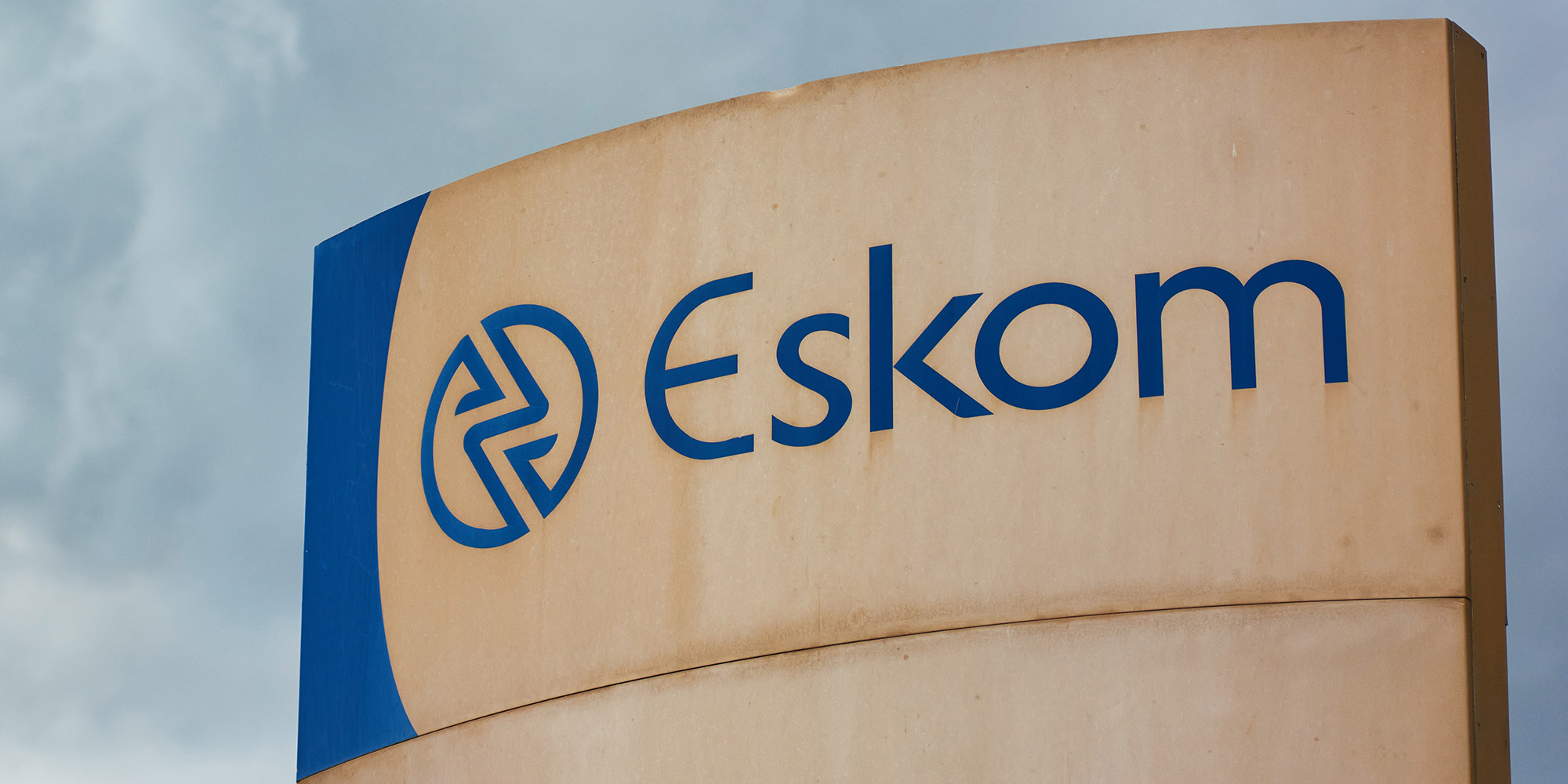Following a court order in July this year, the National Energy Regulator of South Africa (Nersa) is consulting with Eskom on its multiyear price determination for the 2024 and 2025 financial years. Just two weeks ago, Nersa asked for public comment on the power producer’s proposed increases of 38.1% for 2024 and 5.12% for the following year.
A week after the period for public comments closed, it seems that the electricity supplier went back to the board and simply shifted some numbers around, dropping the 2024 increase to 32.02% and lifting the 2025 increase to 9.74%. Eskom hastens to add that independent power producers account for 5.39% of the 2025 increase. If this is a case of creative accounting, there is still a 1.46% shortfall from the original proposed increases.
The proposed 32.02% price increase, if approved, will be implemented on 1 April next year and the key contributors include:
- Depreciation of 10.67% – due mainly to an incorrect regulatory asset base valuation by Nersa in the 2023 financial year.
- Eskom primary energy increase of 7.85%.
- Emergency procurement from independent power producers is driving a cost increase of 9.05%.
Hasha Tlhotlhalemaje, general manager of regulation at Eskom, says the state-owned enterprise is required to provide any updates on changes in conditions and environments that impact various cost elements of the revenue requirements.
Although the total revenue applied for last year remains unchanged at R335-billion for 2024 and R365-billion for 2025, there have been other changes that are likely to affect costs going forward. These include:
- Increases in Eskom’s primary energy costs – this is a combination of costs related to the diesel price increase and a higher volume of diesel to be used.
- Removal of arrear debt-related costs – following a decision by Nersa for the 2023 financial year, Eskom will no longer follow the practice where customers cross-subsidise each other, with regular payers contributing to the gap created by non-paying customers.
At the end of July this year, municipalities across the country owed Eskom a combined debt of close to R50-billion. Eskom’s revenue application states: “It needs to be understood that all electricity consumers have been subsidised by the taxpayer for many years.”
- Removal of carbon tax-related costs – this has been removed after the Minister of Finance announced impending legislative changes to postpone carbon tax liability beyond the 2025 financial year.
- Increases in independent power producer (IPP) costs – mainly due to increased emergency IPP procurement.
- A slight increase in sales volumes.
- Further reduction of 59% in average energy availability factor for Eskom power stations.
Visit Daily Maverick's home page for more news, analysis and investigations
Proposal to claw back R69-billion
Tlhotlhalemaje adds that Eskom has also put forward proposals to claw back part of the incorrectly deducted equity support from 2020 to 2022. This dates back to a 2020 decision by Nersa to deduct R69-billion that had been provided by the government over three years as an equity injection that Nersa decided to treat as revenue. R10-billion has already been recovered by Eskom.
The Supreme Court of Appeal handed down a ruling in July this year that the remaining R59-billion of the incorrectly deducted equity be added to the allowable revenue decisions for each year, starting on 1 April, with R15-billion in each year from 2024 to 2026, with a final amount of R14-billion in 2027.
“The proposal is to allow these recovered amounts to be targeted towards the return on assets for the transmission and distribution network businesses. It also allows for the further migration towards cost reflectivity for the Eskom network businesses. Focus can then be shifted to the generation business in subsequent years,” says Tlhotlhalemaje.
“Eskom has submitted proposals to Nersa to restructure tariffs during August 2022. The translation from the allowable revenue to tariffs that will better reflect the unbundled costs and fixed vs variable costs is included. This ensures that customers are more aligned to the actual costs they impose on the system.
“This also addresses the key aspect of certain customers using the electricity system as a battery and back-up,” he says. BM/DM





